According to the International Energy Agency’s (IEA) Fossil Fuel Subsidies in 2022 report, global fossil fuel subsidies will double in 2022 compared to the previous year and hit an all-time high of $1 trillion.
Implicitly and explicitly, the IEA is calling on governments to drastically limit fossil fuel and electricity subsidies and prioritize measures to boost the green transition and alternative and cleaner forms of energy.
The Glasgow Climate Pact has highlighted the need to phase out fossil fuel subsidies, which could be a fundamental step towards a successful transition to clean energy. However, the current global energy crisis has also highlighted some of the political challenges to making this move a reality. The IEA report contains a number of recommendations for reforming energy subsidies that will help countries and economies better deal with the current energy crisis.
Fossil fuel prices have been extremely high and volatile in 2022 as energy markets have come under pressure from Russia’s invasion of Ukraine – a particularly sharp cut in Russian gas supplies to Europe. However, in many countries, the prices that consumers actually paid for these fuels remained at much lower levels.
A number of policies have been aimed at protecting consumers from rising prices, but this has led to artificially maintaining the competitiveness of fossil fuels against various low-emission alternatives.
According to the latest IEA estimate, global subsidies for fossil fuel consumption have soared in 2022 to over $1 trillion, by far the largest subsidies ever.
Subsidies for gas, electricity and oil
According to the Agency’s early estimates, subsidies for gas and electricity consumption more than doubled in 2022 compared to 2021, while those for oil increased by about 85%. Subsidies were mainly concentrated in emerging markets and emerging economies, and more than half of them were in fossil fuel exporting countries.
On top of these consumption subsidies, the IEA recorded more than $500 billion in additional spending to lower electricity bills in 2022, mostly in advanced economies, of which about $350 billion was in Europe alone.
These costs are not accounted for by the IEA as subsidies for fossil fuel consumption because average end-user prices are still high enough to cover the market value of this fuel. In Europe, preliminary analysis shows that average end-user prices were close, in some cases, to market benchmark prices.
fiscal burden
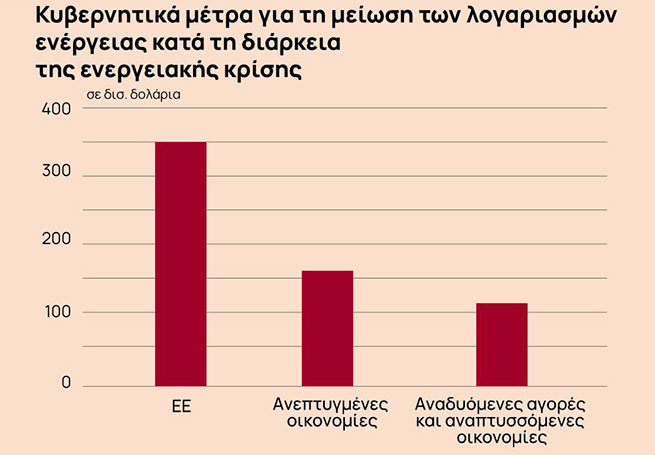
However, the cost of reducing energy bills poses a significant fiscal burden for governments, and as is often the case with such measures, these interventions have not always been well targeted, the IEA report says. Moreover, as emphasized, there is a risk that the incentive to use energy more efficiently or switch to cleaner fuels may be reduced.
In November 2021, the Glasgow Climate Pact called on countries to “phase out inefficient fossil fuel subsidies while providing targeted support to the poorest and most vulnerable.”
The IEA report shows that a host of new measures have been taken by governments in a number of countries over the past year to limit the pass-through of high global fossil fuel prices to consumers. Some of these measures may be seen as a social or political necessity, given the difficulties that could result from the full exposure of households and businesses to market-driven prices. But the scale of these measures is still a worrying sign for the transition to green energy, the IEA notes, adding that while many other measures taken by governments have accelerated this transition, price interventions have worked in the opposite direction, favoring fossils and polluting fuels.
Lessons from the Energy Crisis
As highlighted in the Glasgow Climate Pact, phasing out fossil fuel subsidies is a fundamental component of a successful clean energy transition.
In an energy crisis, governments are prioritizing protecting consumers from the damaging effects of prices over committing to phase out subsidies. This was very noticeable in 2022 and led to a sharp increase in fossil fuel subsidies and other measures to limit the impact on electricity bills.
This limited the hardship for households and the market, but reduced the incentive for consumers to conserve energy or switch to alternative – and cleaner – energy sources, thereby postponing a final solution to the crisis. It has also drained public resources that could have been spent elsewhere, including the transition to clean energy.
According to the IEA, the jump in fossil fuel subsidies in 2022 offers some important lessons about the prospects for a smooth and people-centred transition:
1. Fossil fuel prices are not the best way to encourage a clean energy transition.
Unbalanced or erroneous transition approaches, in which fuel supply falls faster than demand, pose clear risks of further price spikes, and there is no guarantee that such episodes are unambiguously favorable for transition.
As noted in the World Energy Outlook 2022, “high fossil fuel prices are no substitute for climate policy.”
In practice, concerns about how affordable fossil fuels can be can reduce the attention and money that politicians allocate to clean energy. In addition, in some cases (as observed in 2022), they may lead to an increase in the use of more polluting fuels, i.e. switching from gas to coal. And inflationary pressures are driving up the cost of borrowing through capital-intensive investments in clean energy.
2. High fossil fuel prices hit the poor hardest, but subsidies rarely protect vulnerable groups and tend to benefit the more economically wealthy. This was once again demonstrated in 2022, when the political priority of immediate support measures often took precedence over the more painful task of channeling support where it is most needed.
3. It is better to spend money on structural changes than on emergency assistance.
Resources are best used to push for changes that provide long-term protection against fuel price volatility. This means stabilizing market prices through a wider range of policies and measures to enable households and industry to choose cleaner energy sources. This will make high-efficiency, low-emissions equipment and services affordable and help poorer consumers meet the upfront costs of these investments.
PS In this respect, the European Union is the region most affected by the imposition of economic sanctions against Russia. The United States, India, China and Russia, on the contrary, made money on these sanctions. In other words, leadership EU carried out a “splendid economic operation” to weaken its own economy.
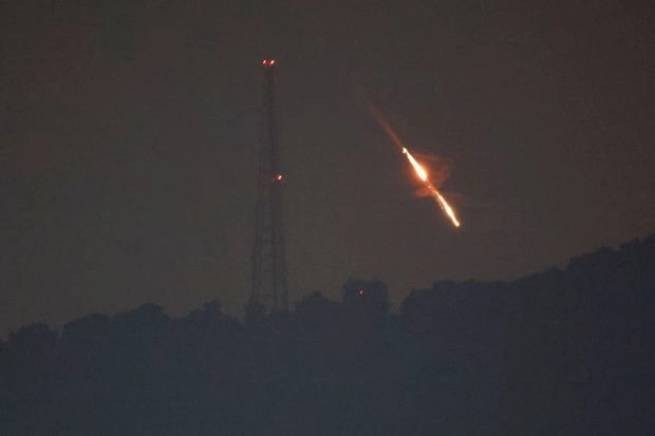
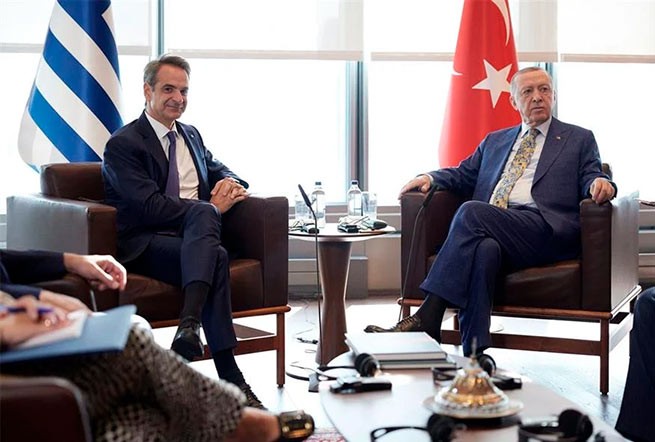

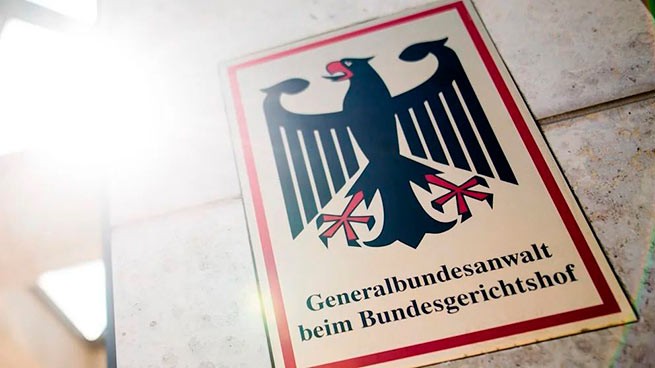

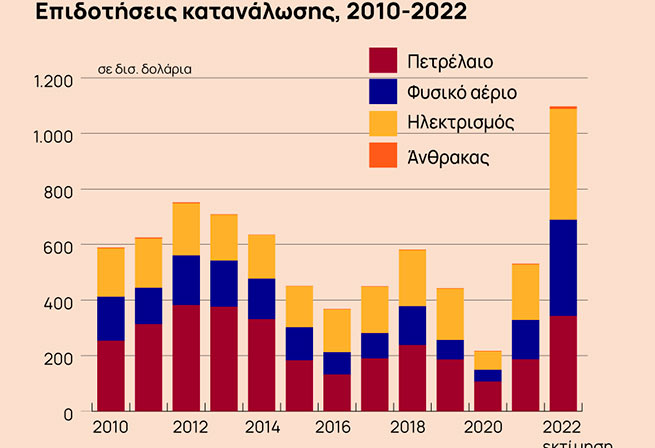

More Stories
ENFIA: Find out when the refund deadline is for those who want a full tax refund
Imputed income: how freelancers can challenge it, who is exempt from paying taxes
Calculation of benefits and Easter gift from April 19